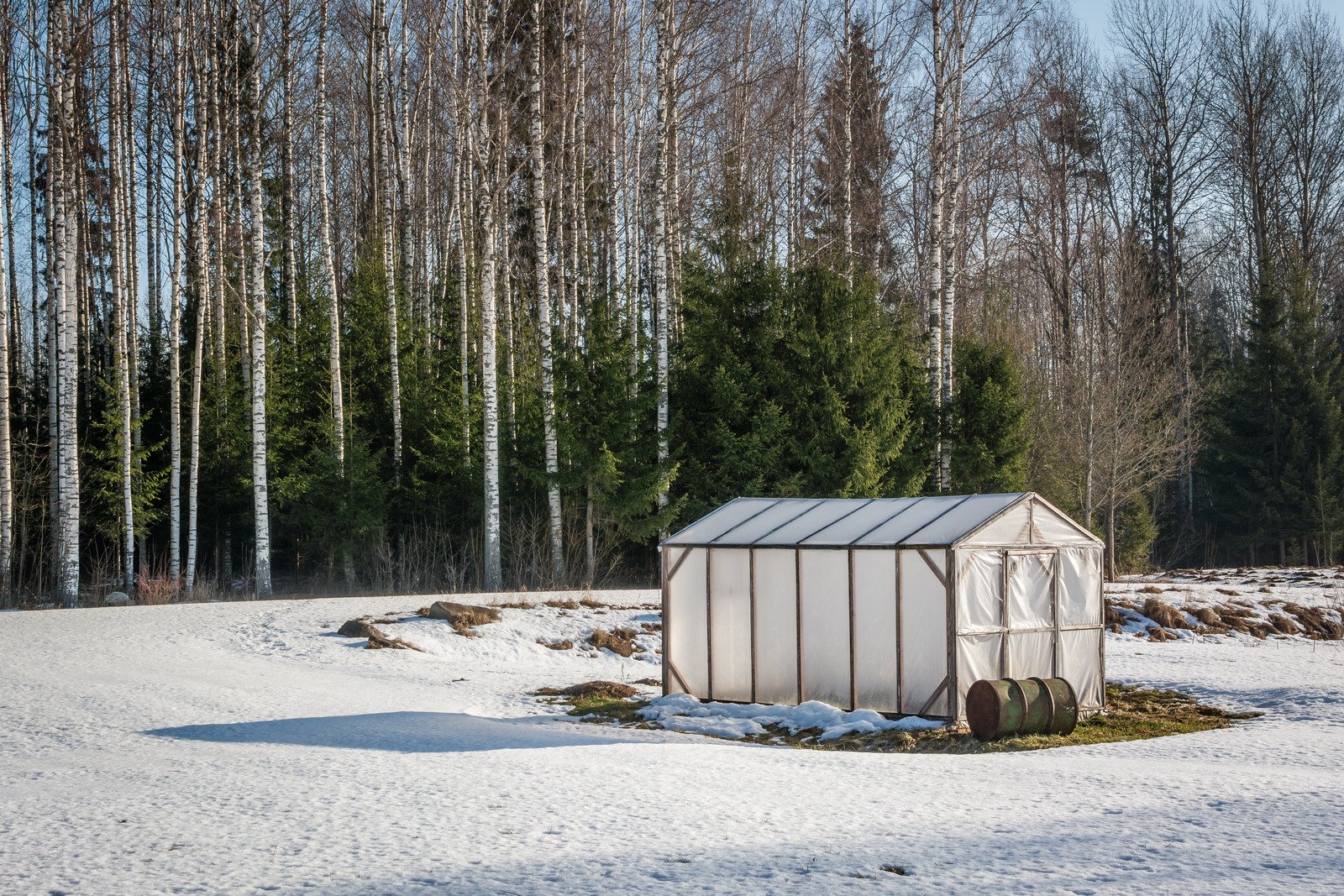As the winter months approach, many gardeners assume it's time to put their gardening tools away and wait for spring. However, with a little planning and preparation, it's possible to grow food year-round, even in colder climates.
In this post, we'll provide tips and guidance on how to keep your garden productive throughout the winter months.

Choose the Right Plants
The first step in winter gardening is to choose the right plants. Some crops are more cold-tolerant than others and can withstand frost and freezing temperatures. Examples of cold-tolerant vegetables include kale, spinach, collard greens, and root vegetables like carrots and beets. It's best to choose varieties that have been specifically bred for winter gardening. Understanding your Zone Specific Seeds will help you pick the right seeds for your first survival garden.
Protect Your Plants
Once you've chosen your winter crops, it's important to protect them from the harsh winter elements. You can do this by using row covers, cold frames, or even simple plastic sheeting to shield your plants from wind and cold. If you're growing in containers, move them to a sheltered spot or wrap them in bubble wrap or burlap to insulate them. If you have limited space, growing indoors in small spaces is still possible and a popular option for many.
Provide Adequate Lighting
During the winter months, daylight hours are shorter, which can impact plant growth. To compensate for this, you may need to provide additional lighting. This can be done with grow lights or by placing your plants near a sunny window. Just make sure to rotate your plants regularly so that they get equal exposure to light.
Mulch Your Garden Beds
Mulching your garden beds can help protect your plants from extreme temperatures and help retain moisture in the soil. You can use a variety of materials for mulch, including straw, leaves, or even shredded newspaper. Browse our Tools & Amendments full of soil hack products to start your survival garden off right.
Water Your Plants Properly
Watering is just as important in the winter months as it is in the summer. However, you'll need to adjust your watering schedule to account for the colder weather. Water less frequently, but make sure to water deeply to encourage deep root growth. Avoid watering your plants in the evening, as this can lead to frost damage.
Start Seeds Indoors
If you want to get a head start on your winter gardening, consider starting your seeds indoors. This will give your plants a few extra weeks to mature before they're transplanted outside. Just make sure to provide adequate lighting and warmth for your seedlings. Seed storage bags are a great way to save seeds all year long.
Consider Using a Greenhouse
If you live in a particularly cold climate, a greenhouse can be a great investment for year-round gardening. Greenhouses provide a controlled environment that can protect your plants from extreme temperatures and other weather conditions. They can also help extend your growing season and allow you to grow crops that wouldn't otherwise thrive in your region.

Winter gardening doesn't have to be a daunting task. With the right preparation and the right plants, it's possible to grow food year-round, even in colder climates. By following these tips and strategies, you can ensure that your garden remains productive and provides a steady supply of fresh and nutritious produce, no matter the season.
Next Steps
Ready to get started buying, saving, and storing seeds for survival? We provide a one-stop shopping experience for your survival gardening needs. Browse our survival seeds and kits, and supplies, or purchase our pre-packaged options.












1 comment
Ordered my seeds and within a few days they arrived. It felt like Christmas morning ☺️. Can’t wait to start planting. Will be ordering from you again. I’m one happy customer.